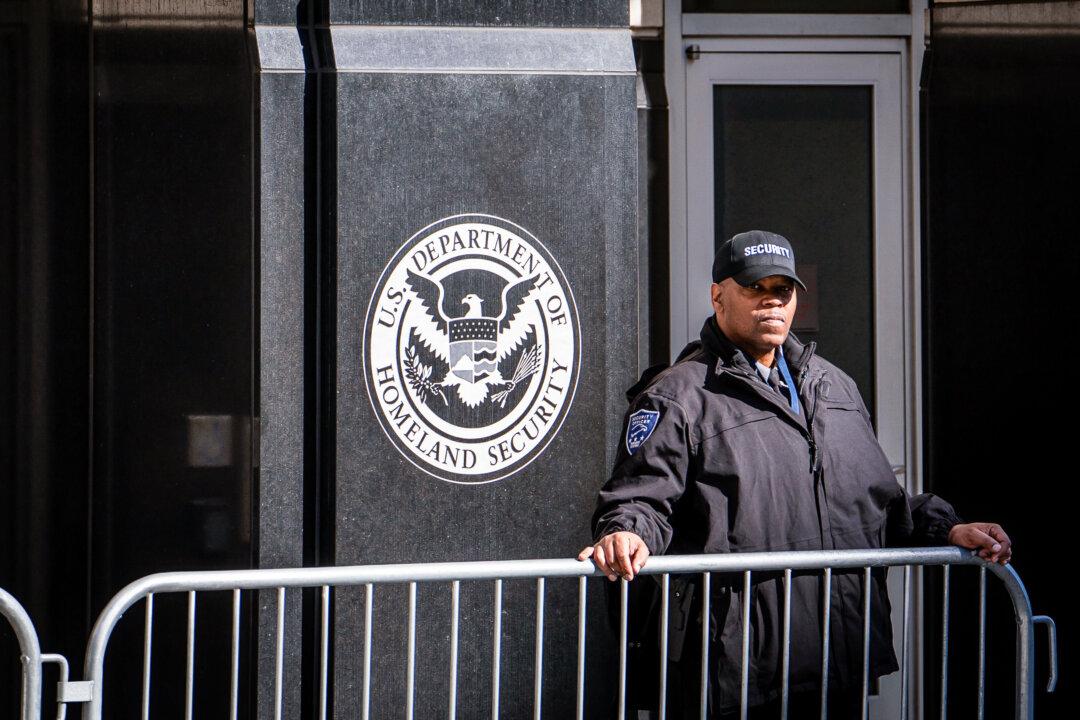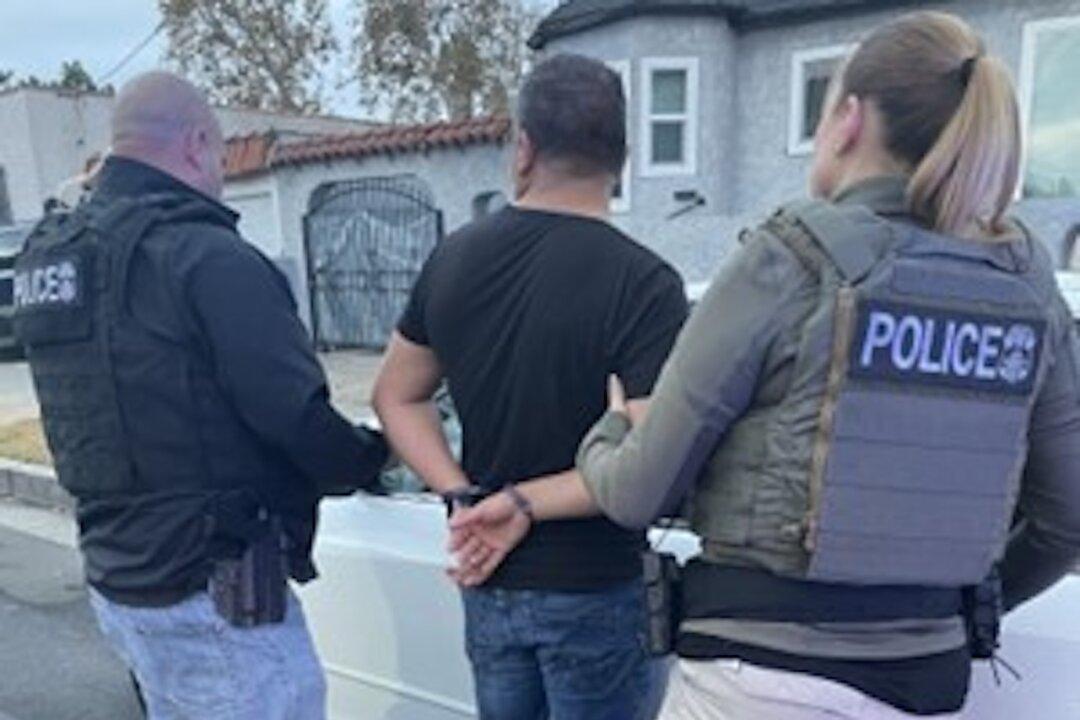The Government Accountability Office (GAO) has warned that decades-old security vulnerabilities in federal buildings are continuing to go unaddressed.
According to an agency report released on July 23, the Federal Protective Service (FPS)—which is responsible for the security of federal facilities and screening of visitors—is failing to detect prohibited items inside bags in 50 percent of checks, according to live audits conducted by the GAO.
The report, which included testimony from a GAO official, noted that the ongoing issues stem from substandard security guard performance and oversight at federal facilities.
GAO investigators conducted 27 covert tests in 14 selected federal buildings in early 2024, and they carried prohibited items in their bags as they entered the buildings. They were allowed to bring prohibited items—such as pepper spray, battens, and a multi-purpose tool with a knife—into about half of the buildings they visited.
FPS, an agency within the Department of Homeland Security (DHS), is responsible for protecting 9,000 federal facilities. It employs 13,000 contract guards at these facilities at a cost of almost $1.7 billion in Fiscal Year 2024, according to the GAO.
David Marroni, director of the Physical Infrastructure Team for the GAO, in testimony before the House of Representatives, said that for 21 years, federal real property has remained on the GAO’s “High-Risk List” partly due to past attacks on federal buildings.
Even more alarming, he testified that the GAO has identified weaknesses in the FPS’s guard training and oversight since 2008.
“In our past work, we identified several challenges to the security of federal buildings. In covert tests conducted in 2009, we carried components of improvised explosive devices into federal facilities, undetected by FPS guards,” Mr. Marroni said in testimony.
In addition, Mr. Marroni said prohibited items went undetected after the IED components were carried past FPS guards into federal buildings.
“In 2010, we reported that in FPS’s internal covert testing, FPS guards identified prohibited items in 18 of 53 tests,” Mr. Marroni added. “We found these security vulnerabilities were potentially caused by insufficient training for guards and FPS’s failure to maintain a comprehensive system to ensure that guards were appropriately trained.”
Mr. Marroni’s testimony referenced past attacks on federal facilities including the 1995 bombing of the Alfred P. Murrah Federal Building in Oklahoma City where 168 people were killed. Other recent attacks thwarted by the FPS include an armed attempted breach at the FBI’s Cincinnati Field Office in 2022, a shooting at a Social Security Administration facility in 2021, and a shooting at a Dallas federal facility in 2019.
FPS was presented with the report findings and indicated that the specifics of its testing program were law enforcement sensitive. However, they did indicate they were working to improve screening by increasing training and also analyzing data to identify the common causes of test failures.
In addition, FPS officials told GAO that they have “several reform efforts underway to improve contract guards’ detection of prohibited items.” They include redesigning its initial training course for contract guards, increasing on-the-job training, and collecting covert testing data to identify failures.
The DHS did not respond to The Epoch Times’ request for comment.







